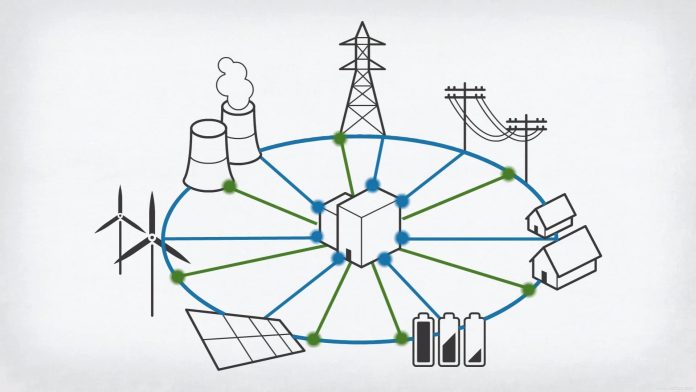A growing problem with a win-win solution
Society is far from reaching its greenhouse gas emissions goals. And, as part of the effort to reshape how energy is produced and used, big data can help prevent a potentially disastrous environmental forecast.
Atmospheric concentration of greenhouse gases are estimated to reach almost 685 parts per million (ppm) by 2050, well above the concentration level of 450 ppm required to have at least a 50% chance of stabilizing the climate at a 2 degrees Celsius global average temperature increase, the goal set at the 2010 United Nations Framework Convention on Climate Change in Cancún.

In fact, global average temperature is likely to exceed this goal by 2050, and by three degrees to six degrees Celsius higher than pre-industrial levels by the end of the century. Such a high temperature increase would continue to alter precipitation patterns, melt glaciers, cause sea-level rise and intensify extreme weather events. It might also exceed some critical “tipping-points,” causing dramatic natural changes that could have catastrophic or irreversible outcomes for natural systems and society, according to the Organization for Economic Co-Operation and Development.
The organization says that, given the current trends, energy-related emissions will increase by 70% by 2050 due to an 80% increase in demand for energy, largely derived from increased demand for cars in developing countries.
That demand presents huge potential for stakeholders in the industry, and energy corporations will need to use big data to maximize their ROI.
Using big data to increase income and decrease footprint
The power grid is constantly getting smarter with data, and the need for technology to create, crunch and analyze energy data continues continues to grow.
Utility companies that are able to harness actionable information from highly diverse data can reap significant benefit. For those companies with equipment including generators and transmission operators, the advantages include, according to Sungard, a financial software company:
- Better utilization/optimization of generation assets reducing the need to invest capital in new power plants
- Improved grid balancing reducing stresses on power transmission facilities and improving reliability
- Improved predictive equipment analytics reducing likelihood of failure of key, high value assets
Reducing energy usage and saving money
The Wharton School’s online business journal reported that if smart meters were incorporated across the U.S. they would generate five times the data of the current AT&T network. However, Accenture consultants estimate that if the same smart meters could, if properly deployed, save each electricity customer $40 to $70 per year.
A 2010 McKinsey & Company study said that a holistic energy-efficiency program would produce energy savings worth more than $1.2 trillion, reducing end-use consumption in 2020 by 9.1 quadrillion British Thermal Units and eliminating up to 1.1 gigatons of greenhouse gas every year.
In addition to reducing energy consumption, big data analysis can improve the efficiency of the energy industry itself. According to SAS, a privately held software company with a 12-acre solar farm, the drilling analytics it provided for one national oil and natural gas company increased foot-per-day penetration by 12% and cut nonproductive time by 18%.
https://www.youtube.com/watch?v=pdrQDOhjF24
For energy, that means using smart meters to track consumption, analyzing traffic data to reduce congestion and intelligently incorporating renewable energy into the grid. On a smaller level, a single business owner can have piece of mind that they are spending the minimum amount on energy by allowing automation to optimize energy processes: are the lights shutting off when the building is unoccupied? Is the economizer turning on when it should? Are ducts leaking? Sophisticated software can identify problems, in many cases much more comprehensively than an on-site energy audit, and generate work orders if needed to reduce overhead time.
Energy efficiency has been in the spotlight for decades, particularly in regard to buildings, which today account for 42% of the world’s energy use, according to the University of Pennsylvania. Facility managers rely on building management systems (BMS) to gather data about building performance and energy usage in their quest to reduce operating and maintenance costs, improve building comfort, and save energy.
Successful example showing the benefits of big data
The energy management systems market will be worth an estimated $38 billion by 2018, according to Markets to Markets. That includes everything from residential to retail energy monitoring.
Virginia-based Opower is one of themost successful companies in the energy management space. Opower began by offering homeowners the chance to compare their power use to those of their neighbors, to discover whether they were energy hogs or energy saints. Just the contextualizing effect of knowing how you compared to others—along with Opower’s energy efficiency tips—was enough to encourage most homeowners to reduce waste, according to Time.
Last month software giant Oracle announced that it planned to buy Opower. Other energy data startups like eMeter, have been acquired by power companies like Siemens at high prices.

